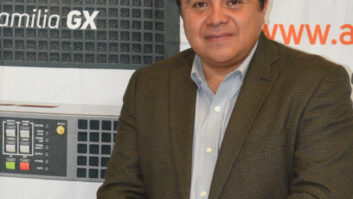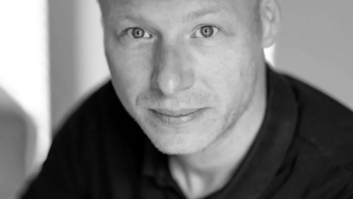Audio specialist Sennheiser Electronic GmbH & Co. KG has announced that it concluded financial year 2005 with an almost 15% rise in sales. The Sennheiser Group had sales of Euro 300.4 million over the year, with all geographical markets and all business sectors contributing to the growth.
“We have completed our anniversary year with record sales figures,” said Rolf Meyer, president marketing and sales. “Strong new products, especially in the professional wireless segment, have enabled sales to rise by 14.8%.”
Headphones from Sennheiser are market leaders across Europe, and in some cases account for one third of overall market sales. Professional wireless technology, which makes up the largest proportion of sales, also enjoyed excellent growth. “We are also very satisfied with the Group’s profits. These have risen sharply, as the nominal slight fall in earnings is due entirely to the influence of extraordinary items from the previous year.” (Primarily a fire at Sennheiser’s Irish production plant).
Sennheiser’s subsidiaries and partners achieved two-figure growth rates in all sales regions. As before, the largest share of sales was once again generated by wireless technology (27.2%), followed by headphones (22.2%) and wired microphones (10.6%).
In an interesting insight to the way manufacturers have to be globally footlose in order to circumvent the weak dollar, the company’s policy of intensified procurement and production in the US dollar region was continued. “In 2005, we were able to increase the proportion of materials and products purchased in US dollars to more than 65%,” reported Volker Bartels, president manufacturing and logistics. Production was expanded at the Albuquerque site in the USA. “Parts of the German wireless production, in particular the evolution wireless series, were transferred to Albuquerque in 2005. In spite of this, production of wireless equipment still remains centred in Germany.”
A further focus in 2005 was on converting production to processes and components that comply with the EU directive on the reduction of hazardous substances (RoHS). “The hazardous substances named in the European directive have been completely excluded from our products,” Bartels said. “All factories are now RoHS compliant.” The manufacturing technologies at the German Sennheiser plants in Wennebostel and Burgdorf have been extensively modernised, including the use of X-ray technology for quality assurance in electronics production. The factory in Tullamore was equipped with state-of-the-art production technology for acoustic transducers and now forms the backbone for the strongly growing consumer electronics business.
Also intriguing is the fact that the proportion of new products (defined as products in their year of introduction plus the following year) in the overall sales volume is high. “New developments accounted for 44.7% of our sales,” said Dr. Heinrich Esser, president research and development. “In 2005, these included, for example, the new top-of-the-range handheld transmitter SKM 5200 and the new wireless monitoring system 3250. New headphone models, both in the segment of classical headphones and in our PX and PXC range of folding models, had a positive influence on our consumer electronics business.” The company’s wireless technology was further optimised in order to address the spectrum problems caused by the introduction of DVB-T and the granting of broadcast frequency bands to other services.
In 2005, Sennheiser founded a new research center in Palo Alto, California, which, in cooperation with universities and high-tech companies from Silicon Valley, specialises in the development of digital signal processing systems. The Sennheiser Group spent a total of Euro 21.7 million on research and development in 2005. The main areas of investment were rapid prototyping, a high-sound-pressure-level measuring booth, software development environments and state-of-the-art RF and audio measuring technology.







